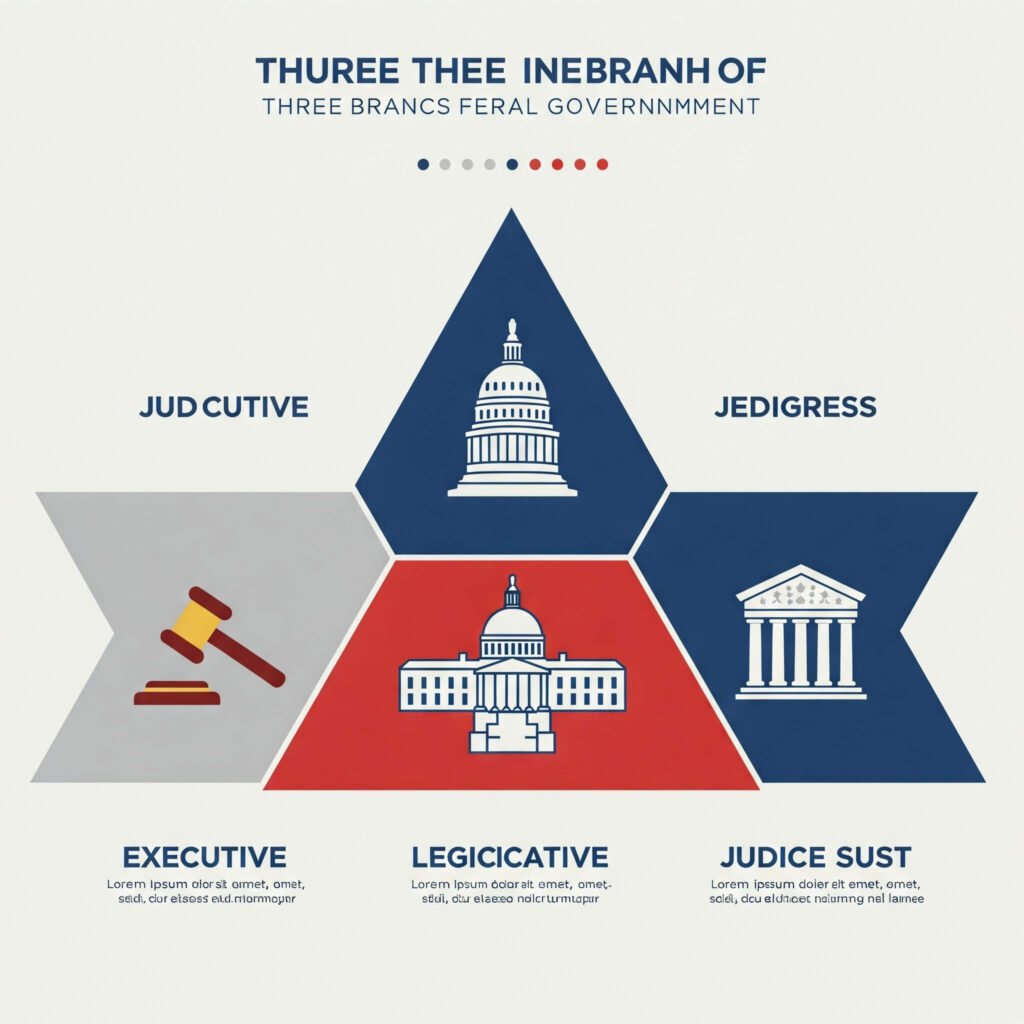In 2025, understanding the federal government can feel like navigating a maze. For example, with shifting political landscapes, evolving policies, and complex power dynamics, many Americans wonder: who’s really in charge? Therefore, this blog post demystifies the federal government’s structure, key players, and decision-making processes, offering clear insights into how power flows in Washington, D.C. As a result, whether you’re a curious citizen or a policy enthusiast, you’ll walk away with a sharper grasp of the forces shaping the nation.
Why Understanding the Federal Government Matters in 2025
The federal government influences nearly every aspect of daily life—from taxes to healthcare to national security. Consequently, in 2025, understanding the federal government is more critical than ever due to rapid policy changes and global challenges. For instance, knowing who holds power and how decisions are made empowers you to stay informed and engaged.
- Economic Impact: Federal policies shape inflation, job markets, and trade.
- Social Change: Meanwhile, laws on education, healthcare, and civil rights originate here.
- Global Influence: Furthermore, the government’s foreign policy decisions affect international relations.

The Three Branches: The Core of Federal Power
At its heart, the federal government operates through three branches, each with distinct roles. Thus, understanding the federal government starts with grasping how these branches interact and check each other’s power.
Executive Branch: The President and Beyond
The Executive Branch, led by the President, is often seen as the face of the federal government. For example, in 2025, the President’s influence is amplified by a polarized political climate. However, it’s not just the President—cabinet members, advisors, and federal agencies like the Department of Defense play massive roles.
- Key Players: The President, Vice President, Cabinet Secretaries.
- Powers: Enforcing laws, issuing executive orders, commanding the military.
- Example: Specifically, in 2025, executive orders on climate policy have sparked nationwide debates, showing the President’s direct impact.
Outbound Link: Learn more about the Executive Branch at USA.gov.
Legislative Branch: Congress Holds the Purse Strings
Congress, comprising the House of Representatives and the Senate, is where laws are born. Therefore, understanding the federal government means recognizing Congress’s power to shape budgets, pass legislation, and check the President.
- Key Players: House Speaker, Senate Majority Leader, Committee Chairs.
- Powers: Lawmaking, budget approval, oversight of federal agencies.
- 2025 Insight: Meanwhile, with a closely divided Congress, bipartisan deals are critical for passing major bills like infrastructure funding.

Outbound Link: Explore Congress’s role at Congress.gov.
Judicial Branch: The Supreme Court’s Last Word
The Judicial Branch, led by the Supreme Court, interprets laws and ensures they align with the Constitution. As a result, in 2025, understanding the federal government includes recognizing the Court’s growing influence on divisive issues like privacy and voting rights.
- Key Players: Chief Justice, Associate Justices.
- Powers: Reviewing laws, settling constitutional disputes.
- Example: For instance, recent 2025 rulings on technology regulation have reshaped how federal agencies operate.
Outbound Link: Visit SupremeCourt.gov for insights into judicial decisions.
Who’s Really in Charge? The Power Behind the Scenes
While the three branches form the government’s backbone, understanding the federal government in 2025 requires looking beyond formal titles. In fact, unelected influencers—lobbyists, career bureaucrats, and media—wield significant power.
Lobbyists and Interest Groups
Lobbyists advocate for industries, unions, and causes, shaping legislation behind closed doors. For example, in 2025, tech and energy lobbyists are driving policy on AI and renewable energy.
- Influence: Specifically, their efforts shape critical legislation.
- Takeaway: Consequently, stay informed about lobbying transparency reports to see who’s funding what.
Career Bureaucrats
Federal agencies like the EPA or FDA are run by career officials who outlast political appointees. Thus, their expertise keeps the government running smoothly.
- Example: In particular, in 2025, FDA regulators are pivotal in approving new biotech treatments.
Media and Public Opinion
The media amplifies issues, shaping public and political agendas. Moreover, in 2025, social media platforms like X are key battlegrounds for public opinion.

How to Stay Informed About the Federal Government in 2025
Understanding the federal government is an ongoing journey. Therefore, here are actionable steps to stay in the know:
- Follow Primary Sources: For example, check government websites like GovInfo.gov for official documents.
- Engage on X: Meanwhile, search for real-time discussions about federal policies on X to gauge public sentiment.
- Read Diverse News: Furthermore, cross-reference outlets to avoid bias and get a fuller picture.
- Attend Town Halls: Finally, virtual or in-person events with elected officials offer direct insights.
Conclusion: Take Charge of Your Understanding
In 2025, understanding the federal government means seeing the big picture—elected officials, unelected influencers, and the systems they operate within. As a result, by staying informed, you can hold power accountable and make your voice heard. For instance, start today by exploring one of the resources linked above or joining a policy discussion on X.

